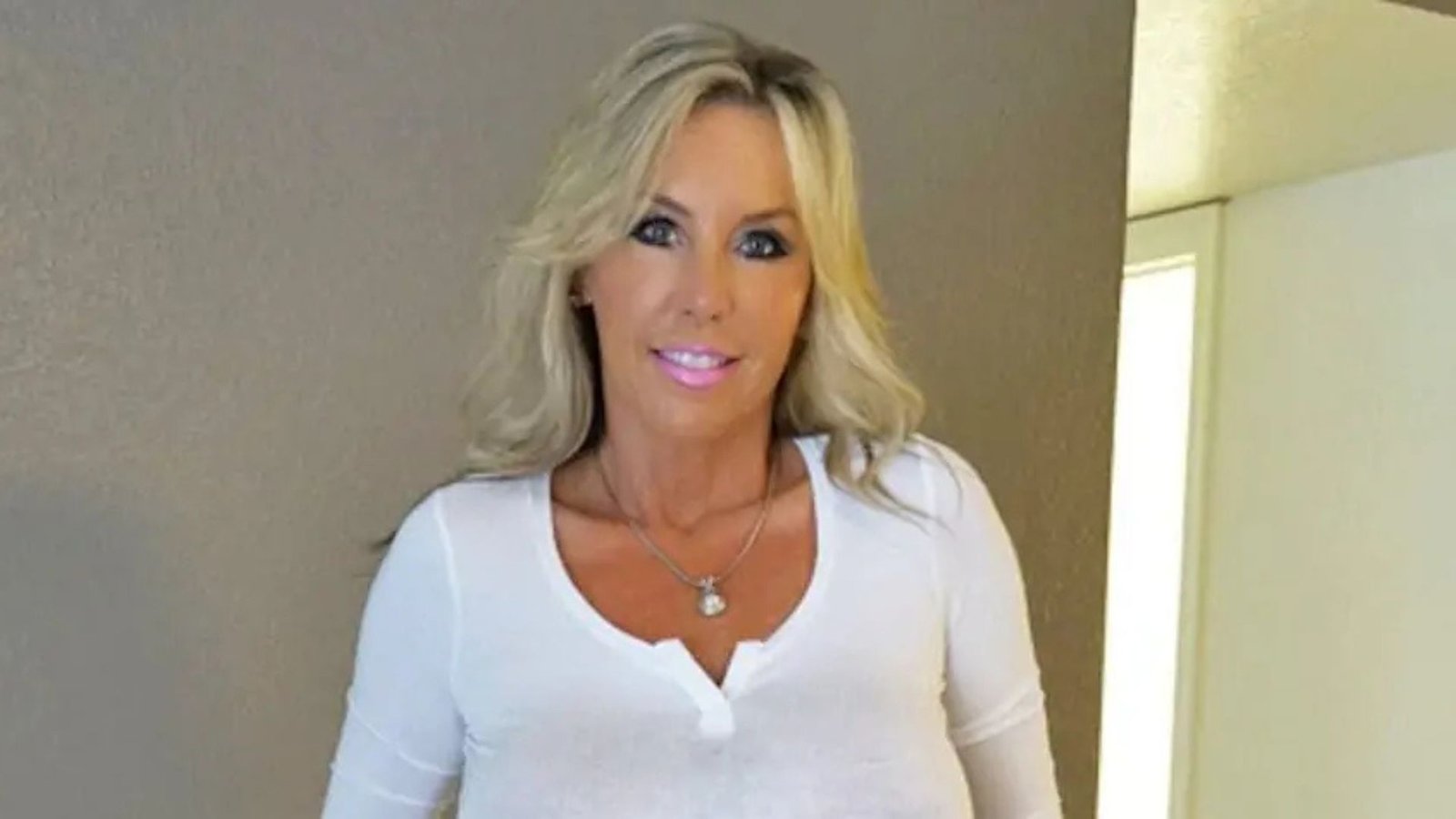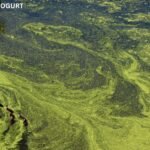In the vast tapestry of nature, few creatures captivate the imagination quite like the otter. Among these enchanting beings, Sandra Otter stands out not just for her playful antics, but also for her role as a guide to the wonders of the natural world. This article explores the life and habits of otters, with a focus on Sandra’s contributions to conservation and education. Join us as we dive deep into the aquatic realm where Sandra Otter thrives, uncovering her unique traits and the importance of her habitat.
The World of Otters
What Makes Otters Special?
Otters are part of the weasel family, known for their playful behavior and agile swimming abilities. With their sleek bodies, webbed feet, and thick fur, they are perfectly adapted to life in the water. Sandra Otter, like her kin, showcases a range of fascinating characteristics:
Playfulness: Otters are often seen sliding down mud or snowbanks and playing with objects, showcasing their intelligence and social behavior.
Tool Use: Many otters use tools, such as rocks, to crack open shells. This ability highlights their cognitive skills and adaptability.
Family Bonds: Otters are social animals, often living in groups called rafts. They exhibit strong familial bonds, caring for their young and engaging in cooperative hunting.
The Habitat of Sandra Otter
Sandra Otter resides in freshwater rivers and coastal areas, where she plays a crucial role in maintaining the ecosystem. Her habitat provides a rich environment filled with resources like fish, crustaceans, and vegetation. This diverse diet not only sustains Sandra but also helps regulate the populations of prey species, illustrating the interconnectedness of nature.
The Importance of Conservation
Why Otters Matter
Otters, including Sandra, are key indicators of environmental health. Their presence signals a balanced ecosystem, as they require clean water and abundant food sources. Unfortunately, otter populations face numerous threats, including habitat destruction, pollution, and climate change. Sandra’s role in conservation efforts is vital in raising awareness and protecting her habitat.
Sandra Otter’s Conservation Efforts
Sandra Otter is not just an ambassador for her species but also a passionate advocate for environmental protection. Her efforts include:
Educational Outreach: Through various programs, Sandra educates communities about the importance of preserving aquatic ecosystems. She engages with schools, families, and conservation groups to spread awareness.
Participating in Clean-Up Initiatives: Sandra actively participates in local clean-up efforts, demonstrating her commitment to a healthier environment. These initiatives not only benefit her habitat but also encourage community involvement.
Collaborating with Wildlife Organizations: By partnering with organizations focused on wildlife conservation, Sandra amplifies her impact, promoting sustainable practices and habitat restoration.
How You Can Help
Get Involved with Local Conservation Efforts
Supporting otter conservation doesn’t require grand gestures. Here are simple ways you can contribute:
Participate in Local Clean-Ups: Join community efforts to clean rivers, lakes, and coastal areas.
Support Wildlife Organizations: Donate or volunteer with organizations dedicated to wildlife protection.
Educate Others: Share information about otters and their habitat with friends and family to raise awareness.
Advocate for Policy Change
Engaging in advocacy can lead to significant changes in conservation policies. You can:
Contact Local Representatives: Advocate for stronger protections for aquatic habitats.
Support Sustainable Practices: Promote and practice sustainable living to reduce pollution and habitat destruction.
Sandra Otter: A Symbol of Resilience
Sandra Otter exemplifies resilience in the face of environmental challenges. Her story resonates with those who believe in the importance of protecting our planet. By showcasing her playful spirit and dedication to conservation, Sandra inspires others to appreciate the beauty of nature and the importance of preserving it for future generations.
The Role of Education in Conservation
Education plays a pivotal role in conservation efforts. Through her initiatives, Sandra highlights the significance of understanding the ecosystem and the interconnectedness of all living beings. By fostering a sense of stewardship in individuals, we can create a generation that values and protects the environment.
Conclusion
Sandra Otter serves as a reminder of the wonders of nature and the importance of conservation. Through her playful demeanor and dedication to her habitat, she embodies the spirit of resilience and advocacy. As we explore the aquatic world she calls home, we are encouraged to join the fight for a healthier environment. By becoming involved in conservation efforts, we can ensure that future generations also get to experience the joy and beauty of otters and their ecosystems.
ALSO READ:Brook Taube Wells Notice: Key Insights And Implications
FAQs
What do otters eat?
Otters primarily eat fish, crustaceans, and small mammals. Their diet can vary based on their habitat and the availability of food.
Are otters endangered?
Some otter species are considered endangered due to habitat loss, pollution, and climate change. Conservation efforts are crucial for their survival.
How can I spot otters in the wild?
Look for otters near rivers, lakes, and coastal areas, especially at dawn or dusk. Signs of their presence include tracks, sliding marks in the mud, and bubbles in the water.
What can I do to help otters?
You can help by participating in local clean-up efforts, supporting wildlife organizations, and spreading awareness about otter conservation.
Why are otters important to the ecosystem?
Otters play a vital role in maintaining the health of aquatic ecosystems by controlling fish populations and promoting biodiversity. Their presence indicates a balanced environment.











